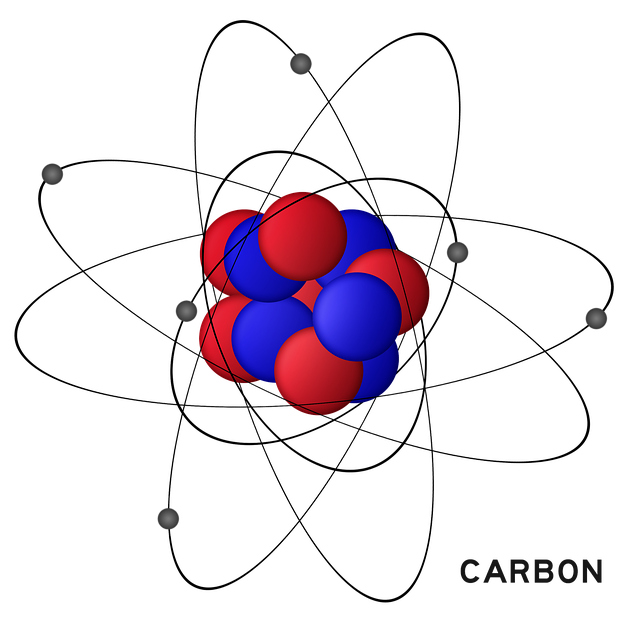The idea of isomerism is particularly study of organic molecules. It describes how different structures or arrangements can result in varied chemical and physical properties for molecules with the same molecular formula.
The phenomenon of existence of two or more compounds possessing the same molecular formula but different properties is known as isomerism.

Define Isomerism
It comes from the Greek words “iso,” which means “same,” and “meros,” means “parts.” Accordingly, isomers are compounds with the same molecular formula (number and kind of atoms) but a distinct arrangement.
These variations in arrangement can cause isomers to have various physical characteristics, such as densities, melting or boiling temperatures, and to behave differently in chemical interactions.

Types of Isomerism
Isomerism can be broadly categorised into two main types:
1.Structural Isomerism (Constitutional Isomerism):- The molecular formula stays the same, structural isomerism happens when the atoms in a molecule are arranged differently. Examples of this type of isomerism are:
Chain Isomerism: The carbon chain differs in structure. For example, C5H12 can exist as pentane, isopentane, or neopentane.
Position Isomerism: Functional groups or substituents are attached at different positions on the same carbon chain. For example, C3H7OH can be 1-propanol or 2-propanol.
Functional Isomerism: Compounds have different functional groups but the same molecular formula. For example, ethanol (C2H5OH) and dimethyl ether (CH3OCH3).
Metamerism: The distribution of alkyl groups that are joined to the same functional group, which is typical in ethers, esters, and amines, varies among isomers.
Tautomerism: There is a dynamic equilibrium between two isomers, such as keto-enol tautomers, which is a shift in a proton and a double bond.
Stereoisomerism
When molecules with the same structural formula change in the atoms’ spatial arrangement, in this stereoisomerism takes place. This group consists of:
Geometrical Isomerism: In this frequently seen in cyclic compounds or compounds with double bonds (C=C). For example, the group locations with respect to the double bond are different in trans-but-2-ene and cis is-but-2-ene.
Optical Isomerism: The way that different compounds react to plane-polarised light varies. Enantiomers, another name for optical isomers, are mirror images that cannot be superimposed, such as left and right hands.

Why is Isomerism Important?
1.Variety in Compounds: In this isomerism explains how a single molecular formula can give rise to multiple distinct compounds.
2. Biological Relevance: In this isomerism is a feature of many biological compounds, including sugars and amino acids. For example, the biological functions of D-glucose and L-glucose are greatly impacted by their differences.
3. Industrial Applications: In this isomers frequently have distinct qualities that make them appropriate for particular applications. For example, fuel contains the isomers octane and isooctane; isooctane is more engine-efficient due to its higher octane rating.
Isomerism Through Everyday Examples
Isomers to be identical LEGO pieces. Different structures (molecules) can be constructed from the same building pieces (atoms). Despite being composed of the same components, these structures may have diverse appearances and behaviours.
Tautomerism :- It arises due to migration of H-atom from one polyvalent atom to the other within the same molecule with necessary rearrangement of linkages e.g; keto-enol tautomerism.
Note ;-
Isomerism is an important idea that emphasises the variety of molecule configurations and how they affect characteristics and activities. Isomerism facilitates comprehension of more complex subjects such as stereochemistry, reaction processes, and the behaviour of organic molecules.
The phenomenon known as isomerism occurs when molecules with the same molecular formula have different spatial arrangements or structures, which results in different chemical and physical properties.
There are two primary classifications for isomerism:
1. Structural Isomerism: Variations in how the atoms are arranged within the molecule.
2. Stereoisomerism: Modifications in atom placement that preserve the same structural formula.
• Disparities in the connectivity or bonding of atoms within the molecule (such as chain, position, and functional isomers) are known as structural isomerism.
• Stereoisomerism, which includes geometrical and optical isomers, is the variation in the three-dimensional spatial arrangement of atoms without changing the bonding sequence.
Chain isomerism occurs when the carbon chain in a molecule is arranged differently. For example, C5H12 can exist as:
Pentane (linear chain),
Isopentane (branched chain), or
Neopentane (more compact branched chain).
Isomerism is crucial in various fields:
In pharmaceuticals, optical isomers can have different effects on the body.
In fuels, isomers like octane and isooctane have distinct efficiencies.
In biology, isomers of sugars and amino acids play vital roles in metabolism and protein synthesis.
Geometrical Isomerism: Results from restricted rotation around a double bond or within a ring, leading to cis- and trans- forms (e.g., cis-but-2-ene and trans-but-2-ene).